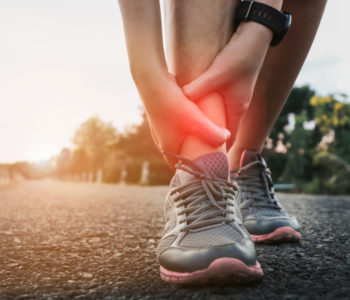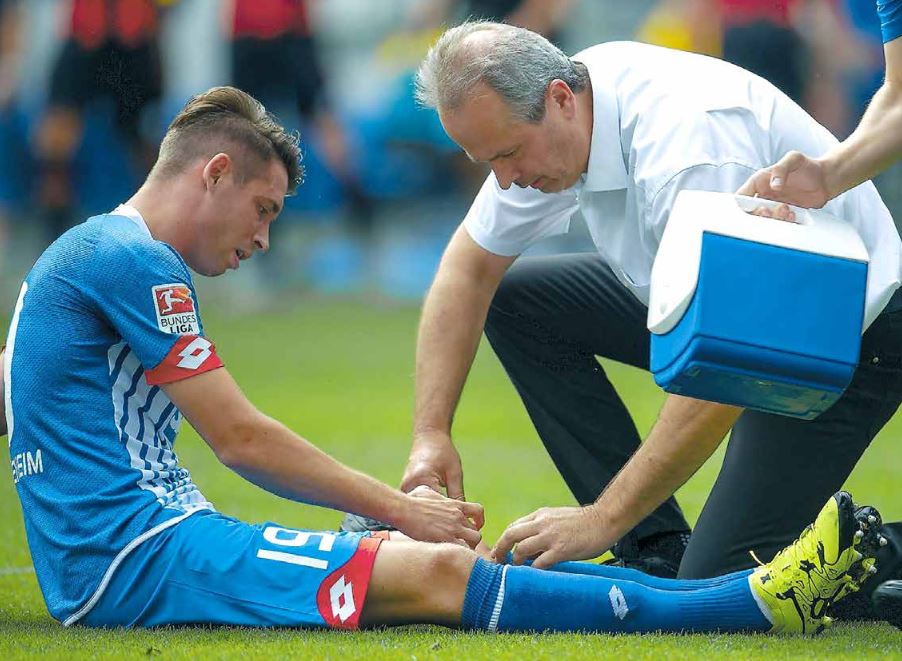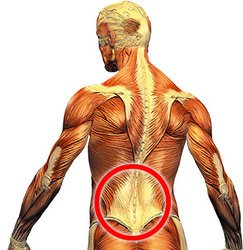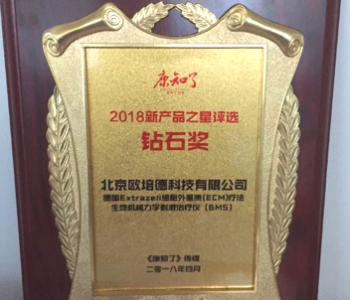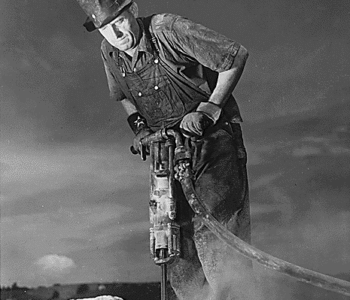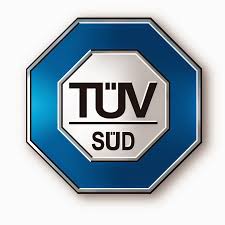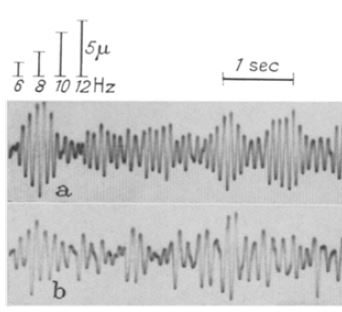
The vital role of the muscles micro-movements
Discovered by the Viennese professor H. Rohracher during his work in the 1940’s & 1950’s he published his theories about the ‘Permanente rhythmische mikrobewegungen des warmblüter-organismus (“Mikrovibration”)’ [Permanent rhythmic micro-movements of the warm-blooded organism (“microvibration“)] in ‘Die Naturwissenschaften’ The Science of Nature journal in 1962.
This important work, hardly considered today, is beyond doubt one of the most important physiological facts that the micro-movements of the skeletal musculature makes a significant contribution to the functioning of the cardio-vascular system and the lymphatic system.
These microscopic movements, produced by alternating contracting and relaxing by a small amounts of muscle fibers (2-3%), take place continuously (24/7), even when our body is at rest.
At rest, the frequencies of micro-movements in an normal adult are within the range of around 8-12 Hz.
Often referred to as physiological tremor, they can be considered a kind of tremor, similar to that occurs with hypothermia of the body, but with a much smaller amplitude, These micro-movements are far too small to be directly visible or palpable, but can easily be detected anywhere upon the body surface with suitable mechano-sensors. The only time we visibly see these movements is when a body is cold and it shivers to increase blood flow and raise the core temperature and especially in the sport of weight lifting when the body reaches its physical limits and as the cells are starved of oxygen the weight lifters musculature starts to evidently shake all over.
Starting from the skeletal musculature they spread throughout the body and lead to periodic micro-stretching and compressions of the bodily tissues. These micro-movements exert an uninterrupted pumping and suction action upon the lymphatic capillaries.
In addition to their direct effect upon the lymphatic system, micro- movements also play an essential role in maintaining the micro-circulation; therefore the mass transfer of all the body’s required nutrients and waste materials between tissue cells and the capillaries and venules of the circulatory system.
The Russian Prof. V. Nazarov called these micro-movements the peripheral heart. They can be considered as a microscopic facsimile of the human heart known as the skeletal muscle pump.
Undoubtedly, these micro-movements actions upon the extracellular matrix, known as Mechnotransduction, also help maintain the elasticity, permeability, and other physical properties of the extracellular matrix, that we are slowly realizing are so essential for all healthy cellular functions.
Also due to the piezoelectric properties of proteins such as collagen, which are essential components of the extracellular matrix, the micro-movements produce alternating electrical fields in the environment of virtually every cell of the organism. This applies not least to cells of connective tissue and generally to tissues associated with skeletal muscle. Unfortunately, the effects of this bioelectric effect have not been sufficiently investigated or studied as yet.
The Extrazell BMS Matrix Therapy is the first truly successful attempt to fully exploit this phenomenon of musculature’s micro-movements for physio-therapeutic purposes. Although the discovery of these micro-movements has inspired a number of modern approaches to vibration stimulation of the tissues over the years, virtually all except the Extrazell BMS Matrix Therapy operate at frequencies outside the natural human physiological range of 5-30 Hz and more importantly most do not follow Prof. Nazarov’s original works by applying the micro-movements correctly and effectively horizontally to the musculature’s fibres.
Summary of Rohracher’s published papers around ‘Mikrovibration’
- ROHRACHER, H. Schwingungen im menschlichen Organismus.Anz. Phil-Hist. Ost. Akad. Wiss., 1946, 230–245.Google Scholar
- ROHRACHER, H.Mechanische Mikroschwingungen des menschlichen Korpers. Wien: Urban and Schwarzenberg, 1949.Google Scholar
- ROHRACHER, M. Neue Untersuchungen über biologische Mikroschwingungen.Anx. Phil-Hist. Ost. Akad. Wiss., 1952, 153–161.Google Scholar
- ROHRACHER, H. Neue Untersuchungen Uber biologische Mikroschwingunsen II.Anz. Phil.-Hist. Ost. Akad. Wiss., 1954, 229–248.Google Scholar
- ROHRACHER, H. Warmehaushalt und Mikrovibration.Acta Neurovegetativa, 1955, 11, 187–200.CrossRef PubMed Google Scholar
- ROHRACHER, H. Über eine standig vorhandene mechanische Mikroschwingung des menschlichen Korpers.Ber. ges. Physiol., 1956, 180, 119.Google Scholar
- ROHRACHER, H. Neue Untersuchungen über die Mikrovibration des menschlichen Korpers.Anz. Phil-Hist. Ost. Akad. Wiss., 1958a, 59–78.Google Scholar
- ROHRACHER, H. Muscular micro-activity (“microvibration”) as an indicator of physiological tension.Percept, mot. Skills, 1958b, 8, 150.CrossRef Google Scholar
- ROHRACHER, H. Continual muscular activity (“microvibration”) tonus and constancy of the body temperature.Zeitschrift fur Biologie, 1959a, 38–53.Google Scholar
- ROHRACHER, H. Untersuchungen über die Warmeproduktion zur Konstanthaltung der Korpertemperatur.Anz. Phil-Hist. Ost. Akad. Wiss., 1959b, 229–240.Google Scholar
- ROHRACHER, H. Methoden zur Registrierung und Aufwertung der Mikrovibation.Psychologische Beitrage, 1960, 4, 118–126.Google Scholar
- ROHRACHER, H. The biological function of the alpha rhythm.EEG clin. Neurophysiol., 1962a, 14, 791.CrossRef Google Scholar
- ROHRACHER, H. Permanente rhythmische Mikrobewegungen des Warmbluterorganismus (“mikrovibration”).Die Naturwissenschaften, 1962b, XLIX, 145–150.CrossRef Google Scholar
- ROHRACHER, H. Comments on a resonance theory of microvibrations.Psychol. Rev., 1964a, 71, 524–525.CrossRef PubMed Google Scholar
- ROHRACHER, H. Microvibration, permanent muscle activity and constancy of body temperature.Percept. mot Skills, 1964b, 19, 198.PubMed Google Scholar

